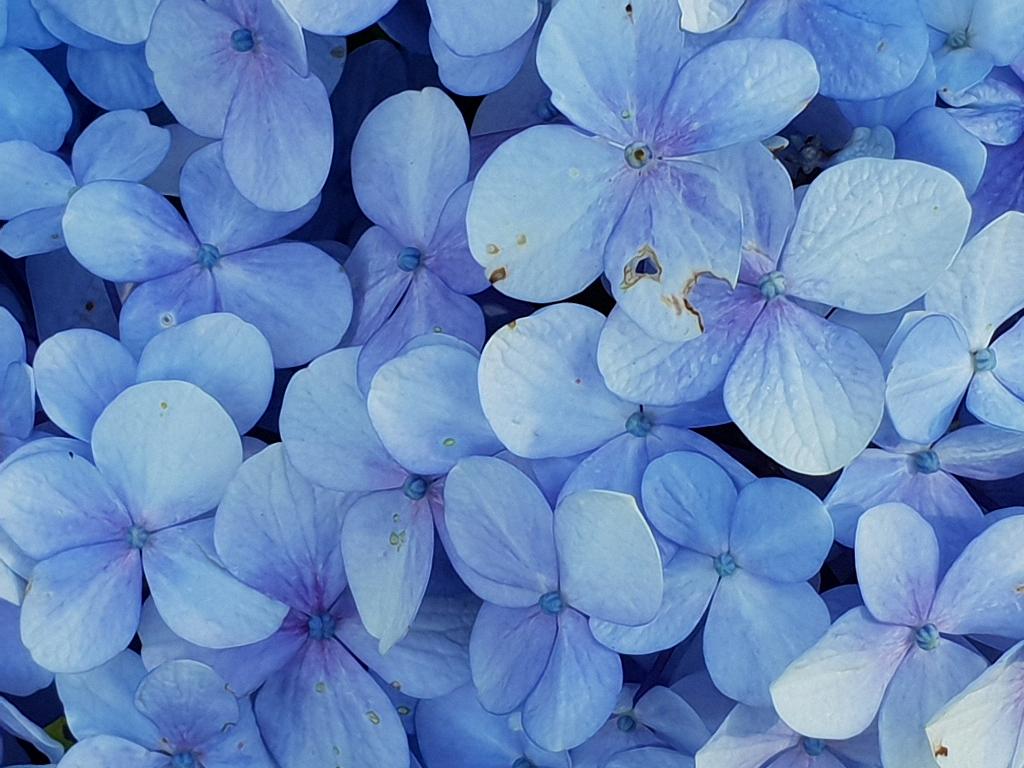Pruning your hydrangeas is a common topic of debate among gardeners. While some believe in regular pruning to maintain shape and encourage new growth, others argue that hydrangeas don’t necessarily need to be pruned unless absolutely necessary.
One important factor to consider is the type of hydrangea you have. Different varieties of hydrangeas bloom on old wood or new wood, and this can impact when and how you should prune them. Knowing the specific type of hydrangea you’re dealing with can help you determine the best pruning practices.
Generally speaking, hydrangeas that bloom on old wood, such as the mophead or lacecap varieties, should be pruned immediately after flowering. This allows them time to develop new buds for the following year. On the other hand, hydrangeas that bloom on new wood, like the smooth hydrangea, can be pruned in late winter or early spring before new growth emerges.
One key reason to prune a hydrangea is to remove dead or damaged branches. This not only improves the overall appearance of the plant but also promotes better air circulation and reduces the risk of disease. Additionally, deadheading spent blooms can help redirect energy towards new growth and encourage more prolific blooming.
It’s important to approach pruning hydrangeas with caution, as improper pruning can potentially harm the plant or inhibit its ability to bloom. Always use clean and sharp tools to make precise cuts, and avoid cutting back too much of the plant at once. Instead, focus on selective pruning to maintain the natural shape and health of the hydrangea.
If your hydrangea is overgrown or unruly, pruning can be a way to rejuvenate the plant and encourage better growth in the future. However, it’s essential to assess the specific needs of your hydrangea before diving into pruning. Consider consulting with a gardening expert or researching the best practices for your particular type of hydrangea.
Ultimately, the decision to prune a hydrangea depends on your goals for the plant and its current condition. If you’re happy with the size and shape of your hydrangea and it’s blooming well, you may not need to prune it at all. On the other hand, if you notice issues like overcrowding, weak growth, or lackluster blooms, pruning might be beneficial.
Remember that pruning is a form of maintenance that should be done with care and consideration. Observing your hydrangea throughout the growing season and making small adjustments as needed can help keep the plant healthy and thriving. By understanding the specific needs of your hydrangea and following expert tips, you can make informed decisions about when and how to prune this beloved garden favorite.

